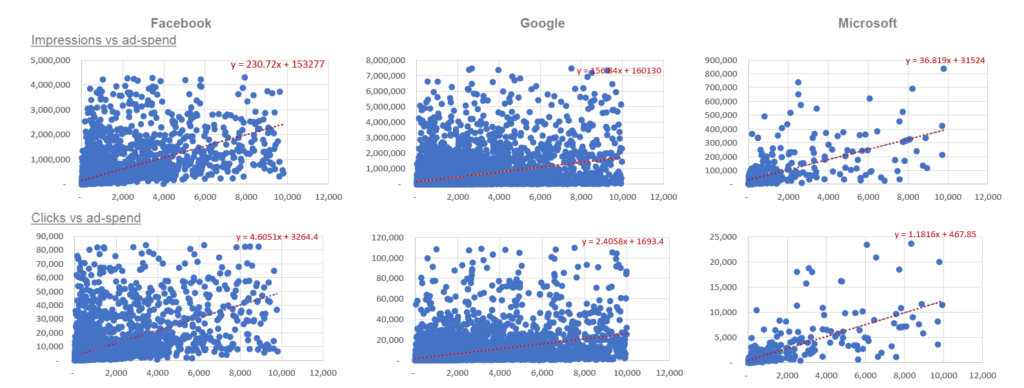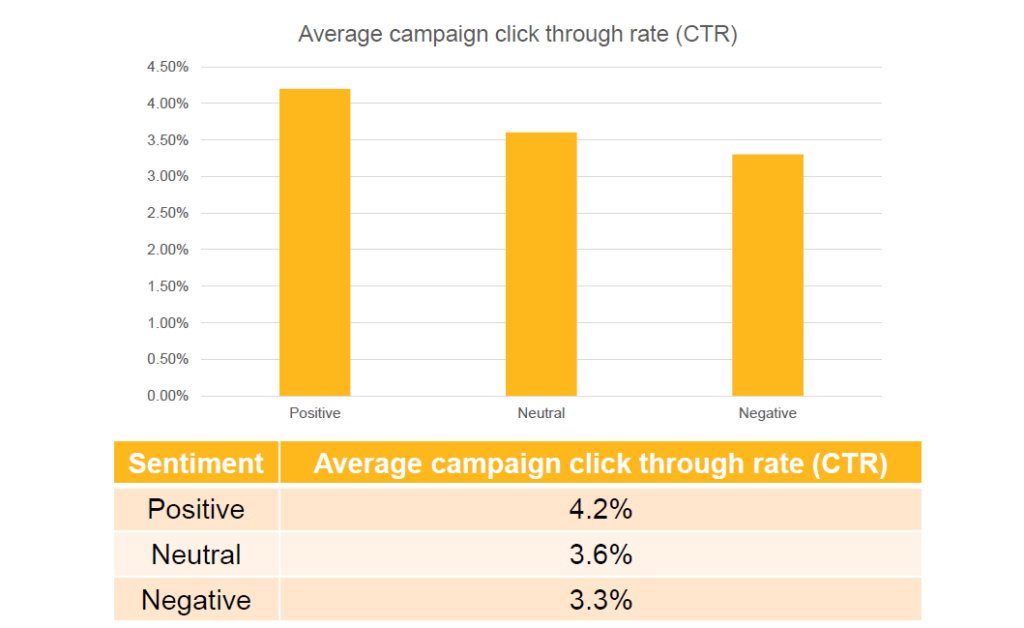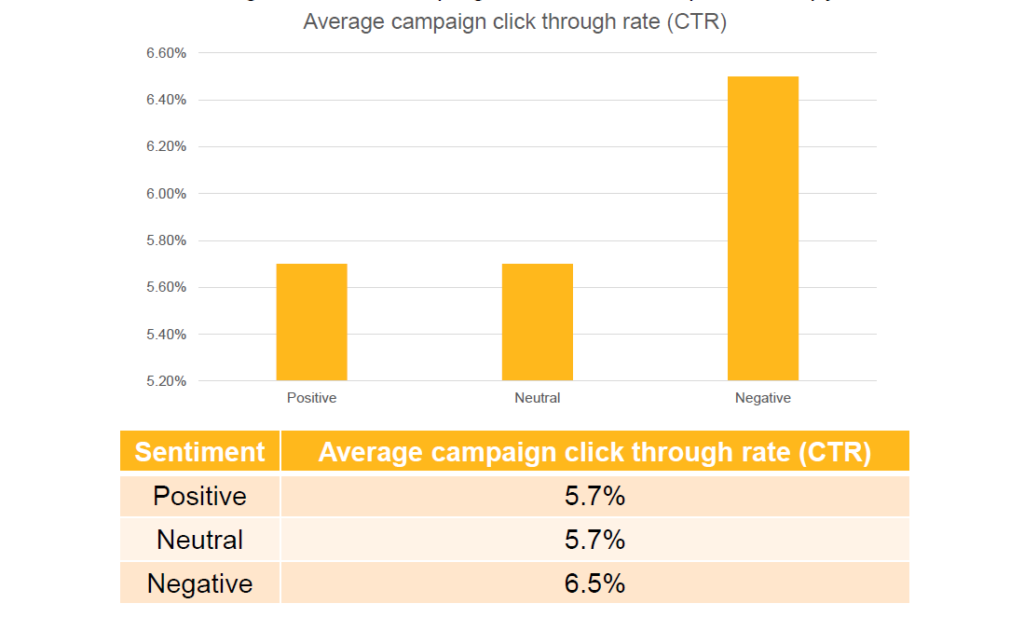30-second summary:
- Very few SMBs use multiple channels for their online advertising
- Facebook is the most effective channel based on the cost for CPM and CPC
- It’s important to remember that every business is unique when it comes to deciding on budget allocation
For any business in the software as a service (SaaS) space, data analysis and science are crucial to ensure they keep pushing ahead to reveal those insights that can really make a difference. With this in mind, the Cambridge MBA team looked to leverage Adzooma’s extensive data to identify new ways for SMBs to maximize their ad spend with cross-channel marketing.
For the team at Cambridge University, this was an exciting opportunity to produce some truly unique insights, given that even the big players such as Google and Microsoft only have data that pertains to their individual channels. The project promised to provide a much broader view and deliver some new insights thanks to the access to anonymized data from thousands of accounts across the three big platforms via Adzooma.
A cross-channel approach
The findings immediately identified that very few SMB customers use multiple channels (Facebook, Google, and Microsoft).
Although this wasn’t part of the main project, it was a really interesting piece of analysis and it’s something we’ve stressed the importance of a lot. Most people just stick to Google, for example, as that’s where they think they should be but that’s not always the best case for everyone’s business, and being seen across multiple touchpoints – or at least trying out multiple channels – can be crucial to digital marketing success.
Our analysis found Facebook to be the most conducive channel for SMBs based on cost (CPM, CPC) as well as return (impressions, clicks), however, it was Microsoft that came out on top for reaching a more professional and affluent audience.

The research highlighted the importance of pre-determining your specific target audience. Hence, when it comes to choosing the channel – or channels – for your business it’s really worth thinking about what you are trying to achieve with your ad spend and who you’re truly trying to reach.
What are you really trying to achieve?
Right at the offset, it’s important to think about your end goal and ask yourself who are the customers you are looking to target and what is the most efficient way to get to them.
Existing research told us that for SMBs acquiring new customers was the most chased goal on the customer journey followed by ‘generating awareness’, ‘generating leads’, and ‘retaining customers’.
Taking this into account, the Cambridge team found that merging the traditional sales funnel with the customer lifecycle model would be the best way for an SMB to manage its overall marketing goals.
Overlapping resolution methodology then allowed the team to determine the impact of cost on different marketing channels. This way, SMBs would be able to effectively determine which platform is best to use when similarities occur.
We found through the research that it was the choice of the channel itself that had the most significant impact on both CPM and CPC. Having determined a connection between channel and cost KPIs, further research was conducted to find out the average CPM and CPC across Google, Facebook, and Microsoft Ads.
While it was Facebook that was the most cost-effective channel on average for SMBs overall, the recommendations were that businesses should still look at the click-through rates of other channels to determine whether other factors such as industry or geography could make a significant difference.

If you’re choosing between Google and Microsoft, the results suggest using Google due to its high reach and low cost, however, Microsoft could also be useful, particularly as it offers high-level targeting and demographics that can be suitable for specific business types.
What is your ad saying?
Another factor that perhaps many businesses don’t consider when deciding on a platform is the sentiment of their messaging.
When analyzing the data this was another area where the research team saw differentiation depending on the channel where the advert appeared.

Microsoft proved to be the most popular platform when it came to a positive sentiment with a CTR of 4.2 percent, compared to 3.6 percent for neutral and 3.3 percent for negative sentiment.
Interestingly, the opposite was true for Google ads where negative sentiment proved most popular with users, gaining a CTR rate of 6.5 percent compared to 5.7 percent for neutral and negative messaging.

Again, it highlights how important it is to take that time to tweak your ads for testing purposes and learn what works best for your target customers so you can capitalize on your spends.
Every business is unique
It’s no secret that the one size fits all approach doesn’t necessarily work. All businesses are different and therefore their ad spend and utilization will of course differ.
Some people, as we all do, want to go with the stats and what has proven to have worked historically for businesses, and whilst that can be taken into account, that’s not to stay that it will work for every business. Therefore, it’s always important to remember to take the time to consider where you are spending and who you are trying to reach.
Plus, it is worth remembering that although Google, Facebook, and Microsoft Ads are the most popular online advertising platforms, there are alternative (and less expensive) places to list your ads including Reddit, Amazon, and industry-specific sites such as Capterra. Despite having fewer users, these are still effective as it’s often easier to reach your exact target audience and could work as an addition to your primary platform.
Looking ahead
We hope that through this research we’ve provoked SMBs to think carefully about their target audience and specific objectives prior to ad spend allocation. What we’ve showcased here is that the advertising platforms explored within this study work effectively in their own right depending on the end goal and we hope these insights will enable SMBs to achieve greater overall results.
These learnings help determine how cross-channel partnerships can be best leveraged for SMB customers. As Facebook seems to be the most used channel by 70 percent of SMBs, and data analysis suggests it is optimal in terms of cost and return, the data will be used to scale Facebook features and opportunities. A lot of the learnings we unearthed from this study will also go directly into the core technology of the Adzooma product.
Rob Wass is Co-founder and CEO of Adzooma.
Akanshaa Khare is currently pursuing an MBA at Cambridge University and has five years of Product Management experience and three years of Consulting experience, helping consulting firms such as BCG and ZS Associates.



